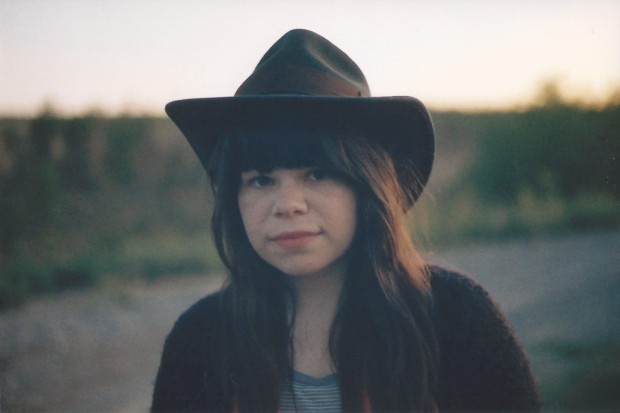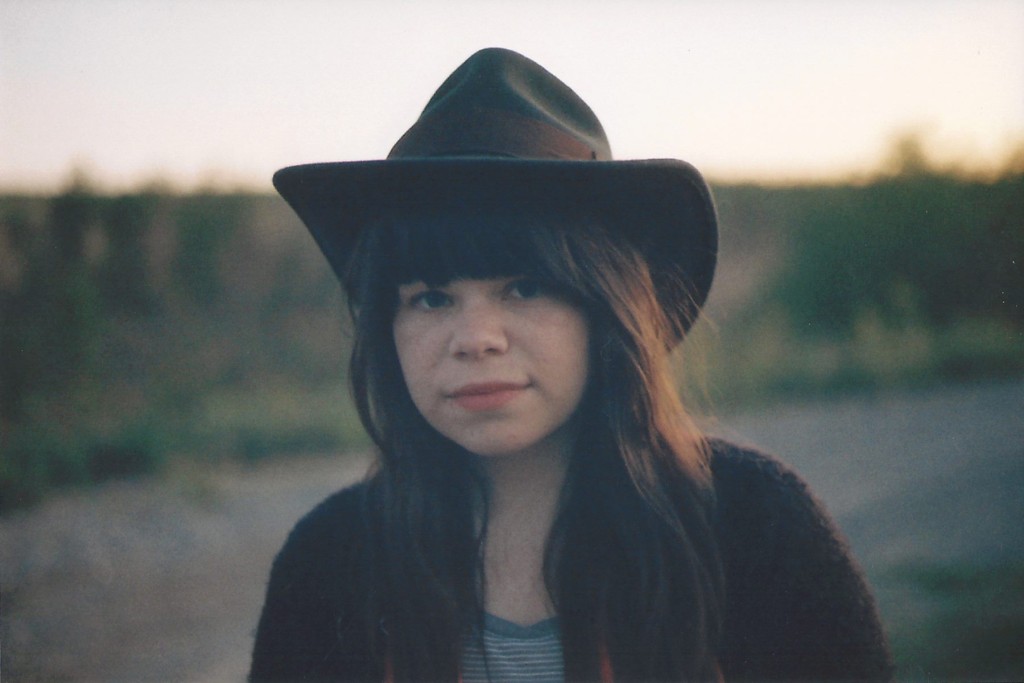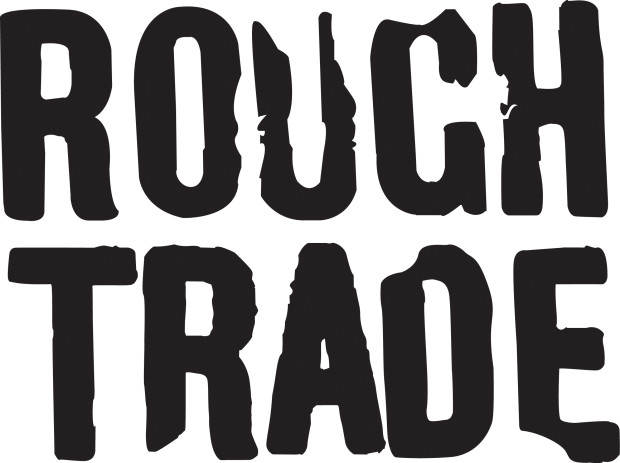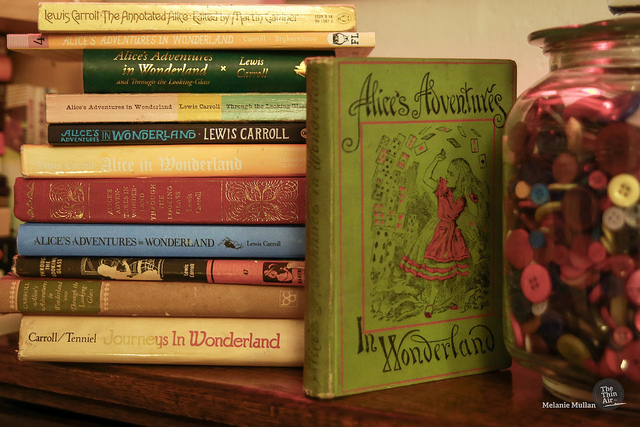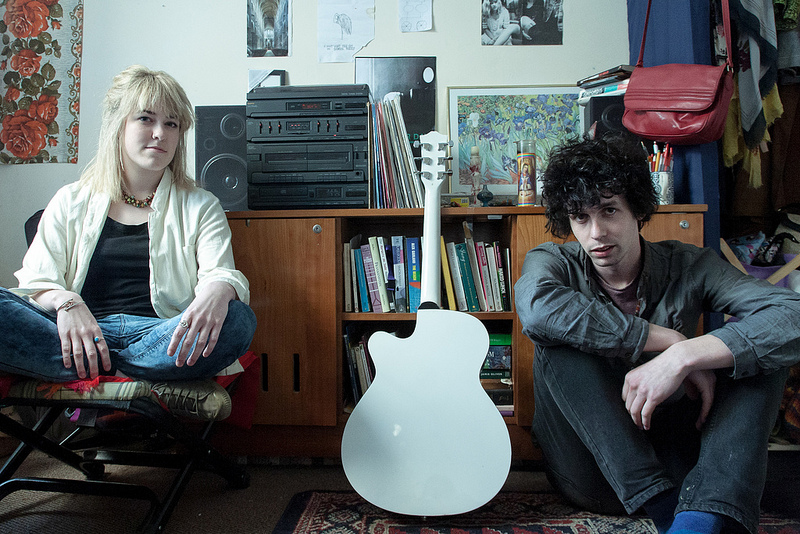Ahead of her show at Dublin’s Workman’s Club on Sunday, Oklahoma singer-songwriter Samantha Crain chats to Brian Coney about her stellar new album, Under Brand & Thorn & Tree, reclaiming music/art from upper class white men and the imprint of the likes of Jason Molina and David Bazan on her new material.
Hi Samantha, Under Branch & Thorn & Tree is, for my money, one of strongest records of the year. There’s such a deep conviction to your words and how you wield them. Looking back, how did you go about writing lyrics what triggered inspiration?
Thank you! The first song I wrote for this album was ‘Elk City’, this narrative song about a woman and her rough life in a small Oklahoma busted oil town. That song seemed to paint this woman as her true self, a multi-dimensional person and I felt like that was rare. Women are often represented as two-dimensional in most art–desperately heartbroken or insanely happy–so that song sort of became the inspiration for the album. I wanted to write songs about the “everyman”, the underdog, and then, specifically sometimes, about the women in that tier.
You said “These stories are told from the perspective of the underdog, the 99% of us that are working people.” I can hear that right across the record but can you elaborate on that?
I feel like music and art has pretty well been taken over by upper class white man. The grit and reality of what the majority of us deal with and are concerned with has been buried under whatever vague ideas are being thrown into the mainstream. People have always said “art imitates reality” but I’d rather see art create the reality it wants to see, and I’d like to see a more diverse and common voices in the creative world. This is just what little bit I can do.
Under Branch… feels distinctly less autobiographical than Kid Face, largely painting more impressionistic pictures of the lives and experiences of others. Was that the intention?
Yes. After writing Kid Face I felt like the well of my personal experience was pretty much dry and so I needed to look outside myself for stories. Because I’m also a waitress between tours, I started with stories of my fellow workers and then moved to the stories of my friends and families. Some of the songs ended up taking on bits of my own life but they all started with the stories of my peers, friends, and family members.
A certain sense of joyousness pervades the new album, which is sometimes at odds with the more tragic, very “real” elements of your lyrics. Was that a contrast you hoped to strike?
I don’t think too much about the emotion or feelings that come out of songs I write. I figure it’s all subjective anyways. All people react to music and lyrics differently. I’m a complex person, like everyone else, and it is very possible to be happy and sad at the same time, and I think people understand that, so I don’t worry about succeeding at the human element. I feel like most of my songs carry a melancholy tone, so if any sort of joy shines through to the song, I’m happy about that, because I definitely have joy in my life.
How was the recording process for the album and in what ways did it differ from previous recordings?
We carried on the analog recording tradition I’ve had with the past two projects I’ve done. We recorded to 2 inch tape on a Studer 24 track machine, mixed down to 1/2 inch tape on an Ampex machine, and all the effects were done manually through tape looping and tape manipulation. The pre-amps were tube and we never used a computer. Most of the arrangements were done in the moment and were first or second takes. We took our past process a step further and had Bernie Grundman master the record using analog outboard gear into an in-studio lathe. So the final product 200 gram vinyl we pressed never touched a computer. We’ve been working slowly with every release up to an all analog release.
I hear (what I think to be, at least) different influences strewn throughout the record, including the late, great Jason Molina. But which artists, albums or other art made an imprint on your mind when sitting down to write and construct these songs?
With these songs, I was listening to a lot of Damien Jurado and, yes, Jason Molina. I really like their chord progressions and dynamics. I was reading a lot of Edna St. Vincent Millay’s poems. Also, listening to Dave Bazan too… I like his delivery and his lyrics are incredible.
Finally, you’re set to play Dublin on Sunday night. What can we expect from the show and what are the plans for the rest of the year and 2016?
The show will be with my guitar player from here in Oklahoma, John Calvin Abney, and we’ll play mainly songs from Under Branch & Thorn & Tree and Kid Face. I’ve been on tour pretty solidly since the album came out in July, so after this tour in November, I’ll go home for December for holiday and then back on the road in the US in January and February. Then starting in March, I’ll go back to waiting tables in order to save up money for the next album which I’ve already started writing and demoing.
Go here to buy tickets to Samantha Crain at Dublin’s Workman’s Club.

